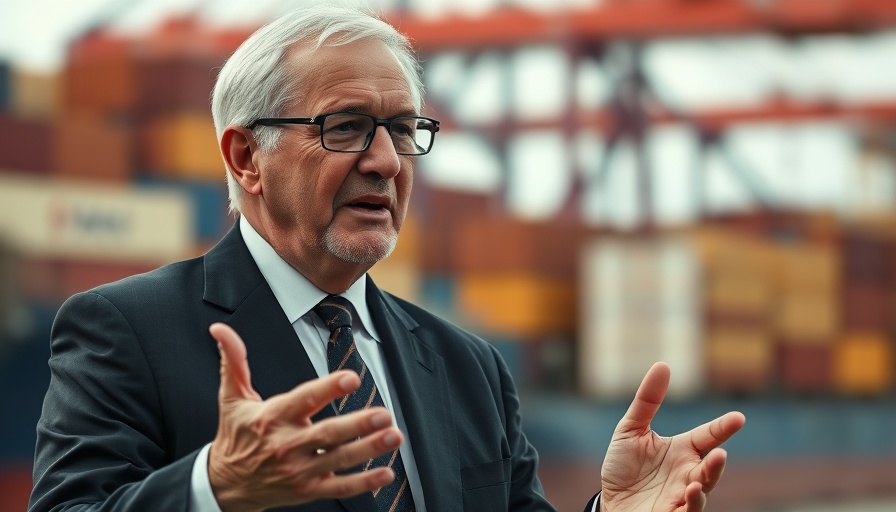
Port of Los Angeles: A Spike Amidst Uncertainty
The Port of Los Angeles has reported an unexpected 8% surge in year-over-year imports for June, marking one of the busiest months in its 117-year history. Executive Director Gene Seroka has noted that this increase comes after a significant slump in May, highlighting a trend of businesses stockpiling goods ahead of looming tariff deadlines. While June’s figures represent a positive turnaround with approximately 892,000 container units processed, they also raise questions about the future of U.S.-China trade relations and economic stability.
The Whipsaw Effect of Tariffs
Seroka pointed out that this surge is indicative of a 'whipsaw' effect caused by President Trump's fluctuating tariff policies. Companies have been attempting to mitigate the implications of impending tariffs by pulling forward their shipments. In April, Trump announced a 90-day pause on tariff increases, allowing businesses to rush goods from China in advance of heightened costs. However, this influx may soon subside as firms brace for new tariffs set to take effect on August 1, including a proposed flat 25% on imports from Japan and South Korea.
The Larger Implications for Businesses
The current spike in shipping volumes may not signify a robust recovery, but rather an artificial boost created by last-minute stockpiling. Supply-chain expert Eric Fullerton from Project44 echoed this sentiment, noting that the elevated import levels seen globally can be traced to companies acting strategically before the next wave of tariffs. While this increased activity may provide temporary relief for dockworkers and logistics companies, the uncertainty it introduces to supply chains complicates long-term planning.
What Comes Next?
Looking ahead, the Port of Los Angeles is likely to see another wave of imports in preparation for the busy holiday shopping season. However, as Seroka warns, the benefits from such spikes are often fleeting and bring with them considerable uncertainty. Businesses should be prepared for potential disruptions and adjust their strategies accordingly, whether that means diversifying supply sources or enhancing inventory management practices to adapt to an unpredictable trade environment.
As the economic landscape continues to shift, understanding the challenges presented by these tariff-driven trends will be crucial for business professionals. Staying informed on market developments and adapting strategies can help mitigate risks associated with fluctuating trade policies.
 Add Row
Add Row  Add
Add 



Write A Comment